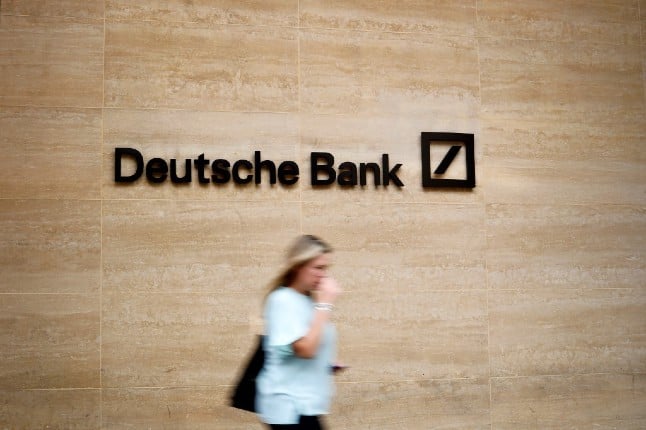“In principle (the United States) is following approximately the same route we did, but the (slightly different) model chosen, I’m afraid, could cause problems,” Bo Lundgren, head of the Swedish National Debt Office and who recently briefed US authorities on Sweden’s experience, told AFP.
Unlike Washington’s proposed $700 billion bailout for faltering financial institutions, which has been described as a “no strings attached” deal, Sweden in the early 1990s took control of its struggling banks in exchange for emergency aid, thus making the taxpayers footing the bill owners of the ultimately valuable assets.
Once the crisis was over, the Swedish state sold off nearly all of the nationalized bank investments, getting back most of the money that had been pumped into the sector.
The US rescue package “will certainly lead to more stability and will ensure that things will work better, but there’s a risk that the cost for tax payers will be steeper than it would have needed to be,” Lundgren said.
Lundgren, who served as Sweden’s deputy finance minister in the early 1990s when the entire Swedish banking sector teetered on the edge of the abyss, said last week he had met with representatives of the US Federal Reserve in New York to brief them on how his country dealt with the crisis.
“We have seen a lot of curiosity about what we did in Sweden, since what we did at the beginning of the 1990s worked fairly well,” he said, adding that he earlier this year had also told the International Monetary Fund (IMF) about the successful Swedish rescue plan.
Like the current global financial trouble, Sweden’s banking crisis was sparked by years of crazed property speculation that followed deregulation of the country’s credit market in 1985.
“The similarities consist in the fact that there is a bubble that has burst, and that bubble was linked to real estate,” Lundgren said, pointing out however that while the US subprime crisis is centred around private homes, the Swedish turmoil mainly involved commercial real estate.
According to the Swedish central bank, “a tidal wave of bankruptcies” between 1990 and 1994 left Sweden’s seven largest banks, which accounted for 90 percent of the market, with loan losses totaling the equivalent of 12 percent of Sweden’s annual gross domestic product (GDP).
To alleviate the sector’s pain, the centre-right government in Stockholm at the time took a hands-on approach, pumping cash into the banks deemed to only have temporary problems and letting the ones believed to have no prospect of viability go under.
Two banks were taken completely over by the state, which in turn offered a blanket guarantee for all creditors, but not for share holders.
“When you reach a certain situation you have to go in and do something that re-establishes confidence. We introduced a guarantee for all creditors but not for stock holders. That guarantee made it possible for everyone to do business with the banks without risk,” Lundgren said.
“If a bank was to receive help, we took over a corresponding amount of influence in the bank so we could ensure that we could get the money back,” he added.
The Swedish state took over insecure loans during the crisis worth around 65 billion kronor ($9.9 billion) of taxpayer money, but eventually got most of it back through dividends and later reselling the nationalized bank assets.
In contrast, Lundgren said, Washington’s rescue package appears to favour stock holders without much prospect of the tax payer-spent money ever being reimbursed.
“What’s happening in the United States now entails a big risk that stock holders will win. If the banks survive, the stock holders’ holdings will still be there but the tax payers will have to foot the bill,” he said.
“I would rather have seen them choose a route where they — with the cash injection — offer to go in as an owner of the banks, giving them influence, and then sell when the crisis is over,” he added.


 Please whitelist us to continue reading.
Please whitelist us to continue reading.